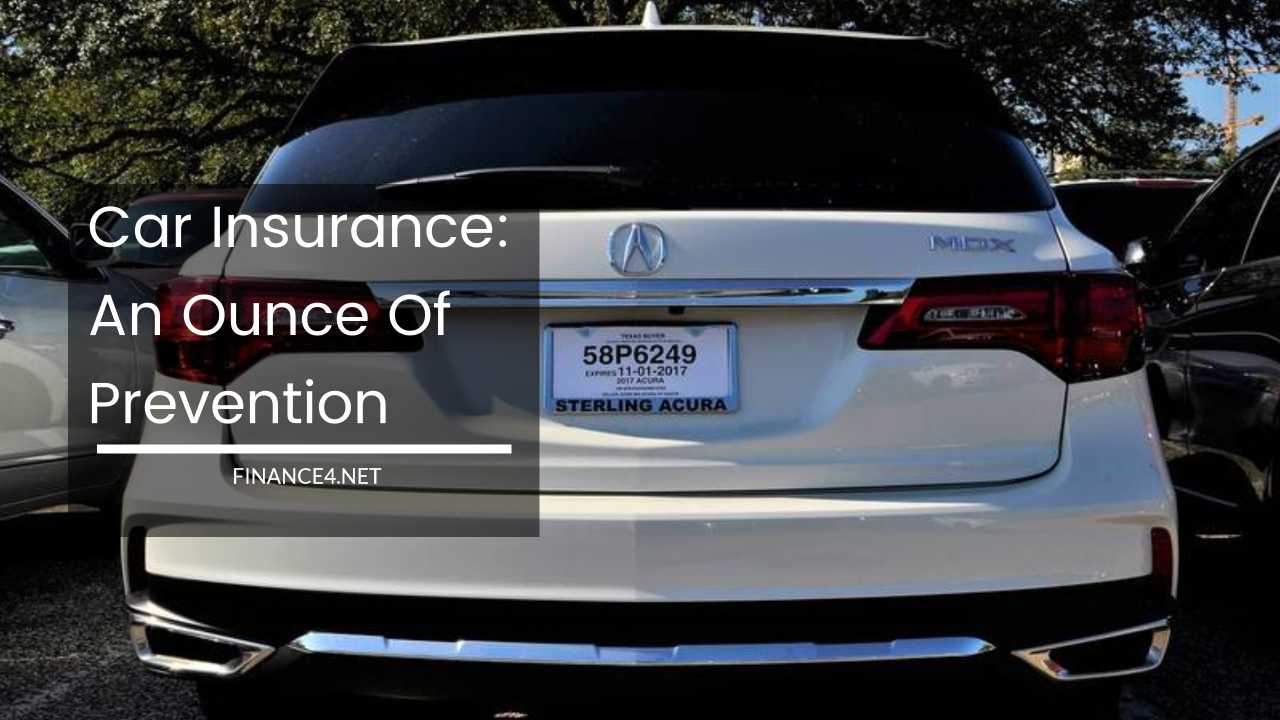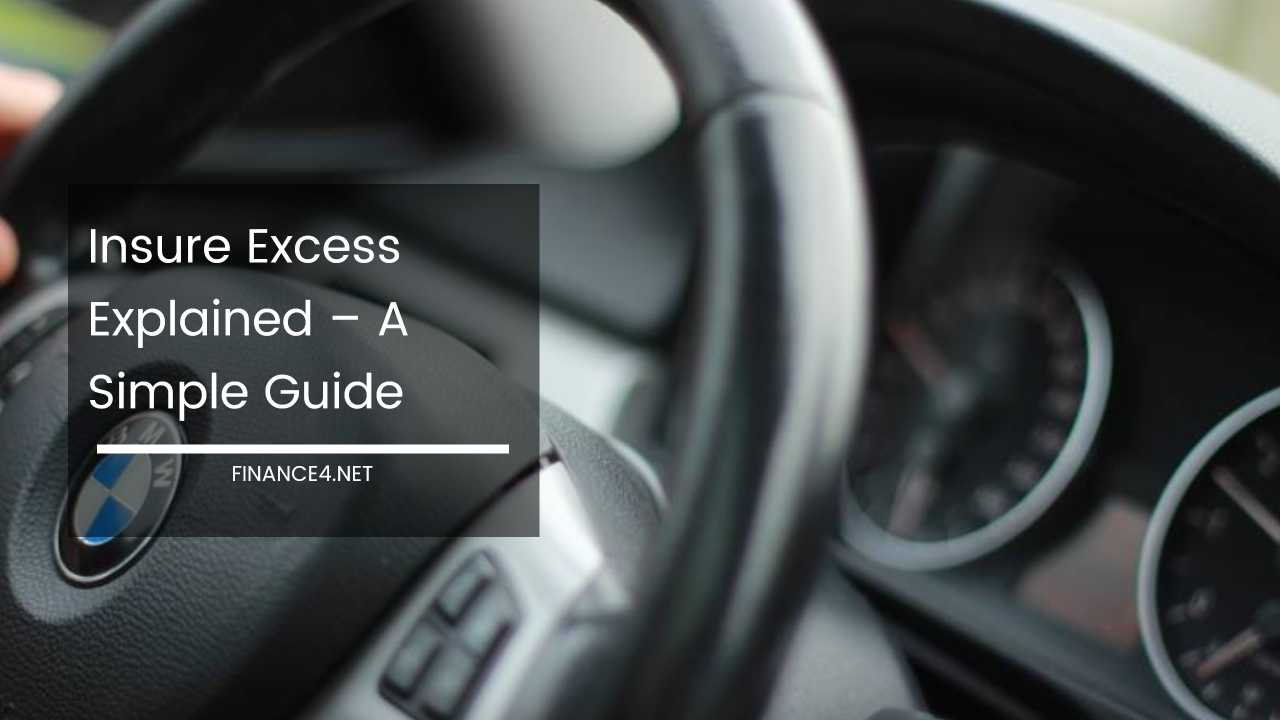Summer Car Care & Insurance: Drive Safe, Save Money

Car Insurance: An Ounce of Prevention Saves a Pound of Cure
In today’s world, cars are more than just a convenient mode of transportation for many Americans; they’re a vital lifeline.
They enable us to get to work, run errands, connect with loved ones, and explore new places. The good news is that advancements in automotive technology have led to cars being built to last longer than ever before.
However, even the most reliable vehicles require regular maintenance to keep them running smoothly and safely, especially during the summer months.
Summer is a time for road trips, family vacations, and increased use of our cars. Unfortunately, the scorching heat and intense sun can take a toll on your vehicle, causing wear and tear that can lead to expensive repairs.
The key to avoiding these hefty bills lies in preventative maintenance – a proactive approach that saves you money and stress in the long run.
The Importance of Regular Maintenance: A Year-Round Commitment
Just like our bodies need regular checkups, our cars require consistent care throughout the year, not just during the summer. This includes routine maintenance tasks like:
-
Oil Changes and Filter Replacements: Fresh oil lubricates moving parts, preventing friction and engine wear. Dirty oil breaks down and loses its effectiveness, leading to overheating and potential engine damage. Filters trap dirt and debris that could harm your engine, so replacing them alongside oil changes is crucial. Consider following the manufacturer’s recommended oil change intervals, which can vary depending on your car’s model, driving style, and oil type.
-
Fluid Checks and Top-offs: Your car relies on various fluids like coolant, brake fluid, power steering fluid, and windshield washer fluid for optimal performance. Regularly checking their levels and topping them off ensures your car functions properly and safely. Consult your owner’s manual to understand the proper types and recommended capacities for each fluid.
-
Wiper Blade Replacements: Worn-out wiper blades can leave streaks and impair visibility, especially during summer downpours. Replacing them ensures clear vision during rain showers, maintaining safe driving conditions. Consider replacing wiper blades at least once a year, or more frequently if they show signs of wear and tear like cracking or excessive squeaking.
-
Belt and Hose Inspections: Cracked or loose belts can lead to power steering failure, alternator problems, and even overheating. Similarly, leaking hoses can cause fluid loss and compromise various systems within your car. Regularly inspecting belts and hoses for signs of wear and tear allows for timely replacements, preventing more significant issues. Schedule inspections based on your manufacturer’s recommendations or if you notice any visible cracks, bulges, or leaks on the belts or hoses.
-
Brake Pad Checks: Faulty brakes are a major safety hazard. Regular inspections ensure they have sufficient pad material thickness and proper functionality. Early detection of worn-out brake pads allows for replacements before they fail completely, preventing potential accidents. Follow the manufacturer’s recommended service intervals for brake pad inspections, which can vary depending on your driving habits.
-
Tire Rotations and Replacements: Uneven tire wear can lead to poor handling, vibrations, and decreased fuel efficiency. Regularly rotating your tires ensures even wear and tear, maximizing their lifespan. Inspecting tires for tread depth is also crucial. Worn-out tires lose traction in wet conditions, posing a safety risk. Replacing them with new tires ensures optimal grip and control on the road. Rotate your tires every 5,000 to 7,000 miles, or as recommended by your car’s manufacturer. Replace tires when the tread depth reaches the wear bars (typically around 2/32 inches of remaining tread).
Remember, your car’s manufacturer’s handbook is your trusted guide. It details specific maintenance schedules for your vehicle, including recommended intervals for oil changes, filter replacements, and other essential services.
Don’t hesitate to consult the handbook if you’re unsure about any maintenance procedures. You can also find valuable information and resources online from reputable automotive websites or your car manufacturer’s website.
Don’t Ignore Warning Signs: Be Proactive in Addressing Issues
Your car’s dashboard is equipped with a series of warning lights that communicate crucial information. Ignoring them can lead to costly repairs down the road. Here’s how to interpret some common warning lights:
- Tire Pressure Gauge: This light indicates low tire pressure, which can affect fuel efficiency and handling. Properly inflate your tires to the recommended pressure as specified in your car’s owner’s manual. Consider investing in a portable tire pressure gauge to monitor your tire pressure regularly.
- Check Engine Light: This light is a general indicator that something is wrong with your car’s engine or emissions system. While it might not signal something catastrophic, it’s important to have a qualified mechanic diagnose the issue to prevent further problems. Don’t ignore the check engine light – address it as soon as possible to avoid potential damage and costly repairs. Some auto parts stores offer free diagnostic scans, which can provide a preliminary reading on the issue.
- Other Warning Lights: Many vehicles have warning lights specific to different systems like the brakes, battery, or coolant levels. Consult your owner’s manual to understand the meaning of each light and take appropriate action. This proactive approach can help you nip problems in the bud before they escalate into major issues.
If you’re unsure about a warning light or notice any unusual sounds, vibrations, or handling issues while driving, don’t hesitate to take your car to a qualified mechanic for a professional diagnosis. Remember, early detection and intervention are key to saving money and ensuring your safety on the road.
Summer Car Care: Taking Extra Precautions for the Hot Months
With the increased use of your car during the summer, consider these additional tips for optimal performance and preventing heat-related breakdowns:
-
Cooling System Check-up: The cooling system plays a vital role in regulating engine temperature. Schedule a pre-summer inspection with a mechanic to ensure all components are functioning properly, including the radiator, thermostat, and coolant hoses. This proactive approach can prevent overheating, a major cause of engine damage.
-
Air Conditioning System Maintenance: A functioning air conditioning system is essential for summer comfort. Have your mechanic check the refrigerant levels and overall functionality of the air conditioning system to ensure it keeps you cool during hot weather. Consider replacing the cabin air filter regularly to maintain optimal airflow and air quality within the car.
-
Tire Pressure Monitoring: Hot weather can cause tire pressure to fluctuate. Regularly monitor your tire pressure, especially before long trips, and adjust it to the recommended level as specified in your car’s owner’s manual. Maintaining proper tire pressure improves fuel efficiency, handling, and overall tire lifespan.
-
Extreme Heat Precautions: Park your car in shaded areas whenever possible to minimize exposure to the scorching sun. This helps protect the interior from excessive heat and prevents damage to the dashboard and upholstery. Additionally, consider using sunshades for the windshield and front windows to further reduce heat buildup inside the car.
The Role of Car Insurance: Protecting Yourself from the Unexpected
While regular maintenance goes a long way in protecting your car, unexpected events can still occur. That’s where car insurance comes in – it acts as a financial safety net in case of accidents, thefts, or other unforeseen circumstances. Here’s what to consider regarding car insurance:
-
Understanding Coverage Levels: Car insurance comes in various coverage options. Minimum liability insurance, mandated by most states, covers basic expenses if you cause an accident. However, it provides limited protection for your own vehicle. Consider comprehensive coverage, which offers protection against theft, vandalism, fire, and other incidents, in addition to collision coverage for damage caused by accidents.
-
Tailoring Coverage to Your Needs: Don’t settle for a one-size-fits-all approach to car insurance. Evaluate your needs and budget to determine the appropriate coverage level. Factors to consider include the value of your car, your driving habits, and your risk tolerance. Consult with a qualified insurance agent to discuss your options and find a plan that provides adequate protection without breaking the bank.
-
Additional Coverage Options: Many insurance companies offer a variety of add-on coverage options like roadside assistance, rental car reimbursement, and uninsured/underinsured motorist coverage. Consider these options based on your individual needs and risk profile.
By taking a proactive approach to car maintenance, understanding warning signs, and having appropriate car insurance, you can significantly reduce the risk of unexpected breakdowns and costly repairs.
Remember, a little effort invested in preventative measures goes a long way in ensuring a smooth, safe, and enjoyable driving experience throughout the year, especially during the busy summer months.



